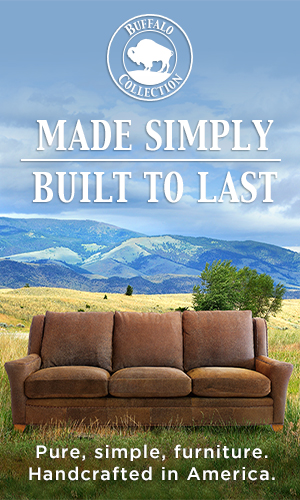Heading along Highway 51 toward downtown Phoenix, the traffic seems never-ending. As a society, it feels as though we are becoming increasingly cut off from the natural world. As our cities grow larger, the drive times get longer and it becomes harder to escape our concrete jungles. Many cities in the United States were built with urban expansion in mind, but did not consider the importance of natural spaces for the health and prosperity of a city. However, the metropolitan Phoenix area has managed to avoid this fate. Within its urban city boundaries, two of the largest urban parks, McDowell Sonoran Preserve and South Mountain Park, protect over 46,000 acres of Sonoran Desert.
There is nothing quite like seeing a saguaro cactus with its many arms stretched up to the sky. Given their abundance in Arizona, it can be easy to forget that these majestic cacti live only in the Sonoran Desert and are found nowhere else in the world. In fact, of the four major deserts in North America, the Sonoran Desert is the most biologically diverse. The landscape includes canyons, rivers and picturesque mountains that are home to over 60 mammals, 100 reptiles, 2,000 native plants and 350 bird species. This urban park system is an important part of both protecting and connecting with native landscapes as well as providing an opportunity to get outdoors.
Beyond their ecological significance, the parks can also provide us with a multitude of restorative benefits. Just taking time to walk through one of Arizona’s urban parks can help reduce stress and improve our mental health. Research has shown that as the size of urban parks in a city increases, so does the well-being of the people living there. Exposure to natural areas can also leave us feeling friendlier, livelier and less bored. Experiencing the mental benefits of nature firsthand reminds us why the late E.O. Wilson’s idea that people are explicitly linked to nature, also known as biophilia, still is a critical part of understanding human-nature connections.
Not only does the nature-related reduction in stress provide us with mental relief, but it can also have profound effects on our physical well-being. The feeling of relaxation that comes with spending time in nature is associated with reduced heart rate and blood pressure. One study found that patients who stayed in a hospital room with a window overlooking a natural area required fewer painkillers and had significantly shorter stays at the hospital than patients who merely had a view of a building wall. More directly, urban parks provide one of the best opportunities for physical activity.
Our urban parks provide us with a place to psychologically and physically better ourselves and are also an important part of the fabric of a community. These natural spaces can be conduits for social interaction and community cohesion. There, we can meet our neighbors and grow more attached to our city, our environment and our fellow residents. This is especially important in cities like Phoenix, where many have originated from other parts of the country. Outdoor recreation is an excellent way to meet people, and joining hiking or biking groups can help us feel better, be healthier and make new friends.
Many of the parks, such as the McDowell Sonoran Preserve, are free all year-round and offer a wide variety of ways to recreate, including hiking, mountain biking and horseback trails. The next time you are feeling stressed or anxious, try adventuring out into nature.
Marena Sampson. Marena is a Ph.D. Candidate at the School of Community Resources and Development at Arizona State University. Her research focuses on how transformative experiences with wildlife can promote pro-conservation behavior.
Sources Used:
Center for Biological Diversity. Sonoran Desert. https://www.biologicaldiversity.org/programs/public_lands/deserts/sonoran_desert/index.html
Lim, P. Y., Dillon, D., & Chew, P. K. (2020). A guide to nature immersion: psychological and physiological benefits. International Journal of Environmental Research and Public Health, 17(16), 5989.
Loukaitou-Sideris, A., Levy-Storms, L., Chen, L., & Brozen, M. (2016). Parks for an aging population: Needs and preferences of low-income seniors in Los Angeles. Journal of the American Planning Association, 82
(3), 236-251.
Park, B. J., Tsunetsugu, Y., Kasetani, T., Kagawa, T., & Miyazaki, Y. (2010). The physiological effects of Shinrin-yoku (taking in the forest atmosphere or forest bathing): evidence from field experiments in 24 forests across Japan. Environmental health and preventive medicine, 15
(1), 18-26.
Ulrich, R.S. (1984). View through a window may influence recovery from surgery. Science, 224, 420–421.
Wilson, E. O. (1984). Biophilia. Harvard University Press.






